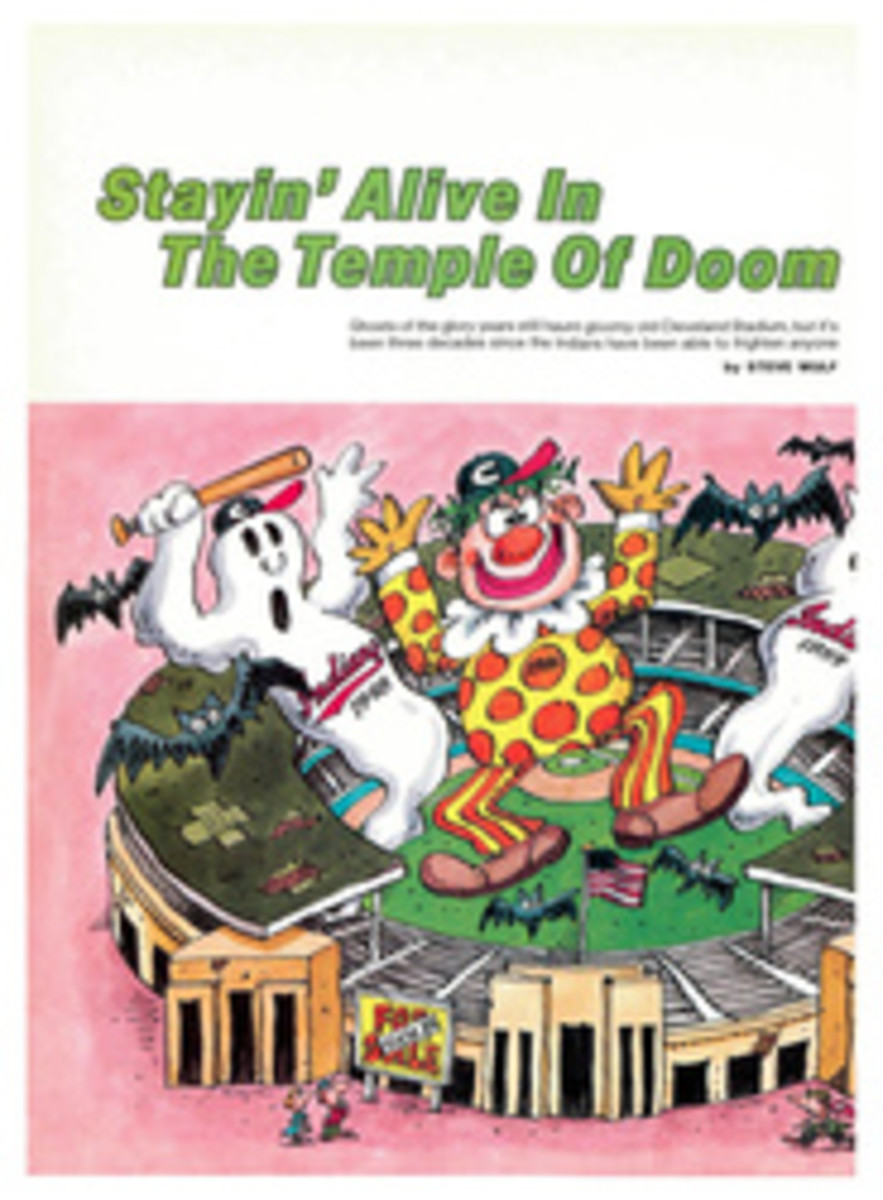
CENTRAL PARK: AN ENGLISHMAN GIVES A BIRDER'S-EYE VIEW OF ITS DENIZENS
In 1982, in New York's Central Park, 10 people were murdered, 25 were raped, more than 700 were mugged, and Donald Knowler observed 131 species of birds. On New Year's Day, Knowler saw an American kestrel, a black-capped chickadee and three species of ducks, and was himself mugged. Knowler is an English journalist who has reported from a number of places in Africa and was sent to New York in 1981 to cover the United Nations for a group of interracial South African newspapers. He spent several hours of nearly every day of 1982 roaming Central Park's 843 acres, and has written a book about what he saw, felt and thought during that time. It's called The Falconer of Central Park (KarzCohl Publishing, Inc., $14.95), and if it doesn't win a prize for reporting, nature writing or all-around charm—plus the key to New York City—there is no justice.
Knowler's interest in wildlife brought him to the park, but he didn't limit his observation to its flora and fauna. All during the year he took note of a beautiful teenage girl with pale gold hair, admiring her nimble body as she ice-skated or jogged or bicycled, depending on her mood and the weather. He puzzled over the obvious enjoyment she took in the park scene despite her apparent isolation from everything in it. It's not until late November—each month is a chapter in the book—that we learn the reason for her detachment. On Sept. 4, Knowler learned from the park's daily bird register that he had missed seeing two rare species of warbler because he was on the edge of the park watching Tom Byers win the Fifth Avenue Mile in 3:51.35. (He overheard a cop remark, "He'd run faster if he got his hair cut.") In January, Knowler was counting the wintering ducks on the park reservoir—600 lesser and greater scaups, 40 ruddy ducks, 30 canvasbacks and 50 mallards—when two joggers, husband and wife, stopped to ask if they could look through his binoculars. "Look at the lovely ducks," panted the husband. His breathless wife replied, "Harvey, they're crapping in our drinking water."
Several of Knowler's ongoing observations develop and conclude as satisfactorily as the plots of old-fashioned novels—for example, the sagas of Billy and the Pennsylvania vagrant. Billy is the name Knowler gives a wild black-and-white cat who has taken up residence in a tiny niche in a rock wall behind a park police station. Suspicious and savage, Billy shuns human contact, rarely leaves his lair and lives on birds he stalks and captures. Not until late in August, after persistent gestures of friendship that include regular offerings of fresh fish, does Knowler get Billy to respond to him. Detente comes just before a touching denouement.
The vagrant is an even tougher customer. He deserted his wife and children because, he says, he lost his job (later, he confesses to Knowler that drinking had something to do with it, also) and is a permanent park resident, safe from muggers because he clearly has nothing of any value. Embittered and stubborn, for months he spurns Knowler's greetings, snarling at his mere presence. But perseverance wins out again, though barely. In late December, he softens a bit: "Alright. But I got something to say first. It's you foreigners what got the jobs. This city's full of foreigners."
The daily bird-watching sessions are unfailingly appealing. You ache with him as he searches for his beloved Iceland Gull for a month and a half; you smile at the cheerful cooperation of a group of young drug sellers who become accustomed to his presence near their "turf and help him locate the yellow-breasted chat he's pursuing—afterward reminding him they have "coke and the golden smoke" just in case the chat doesn't provide him with a sufficient high; you admire the expertise that enables him to establish what week of the year it is by observing which of 32 species of warbler is currently in town.
When Knowler first came to New York he visited all the galleries and museums near the park "and found them an anticlimax. I thought they were overshadowed in that location by a bigger and more glorious work of art, born of New York's sweat and ingenuity, and not imported from Egypt, India or Greece. The masterpiece is, of course, Central Park...." Knowler has created a minor masterpiece himself in these pages.

